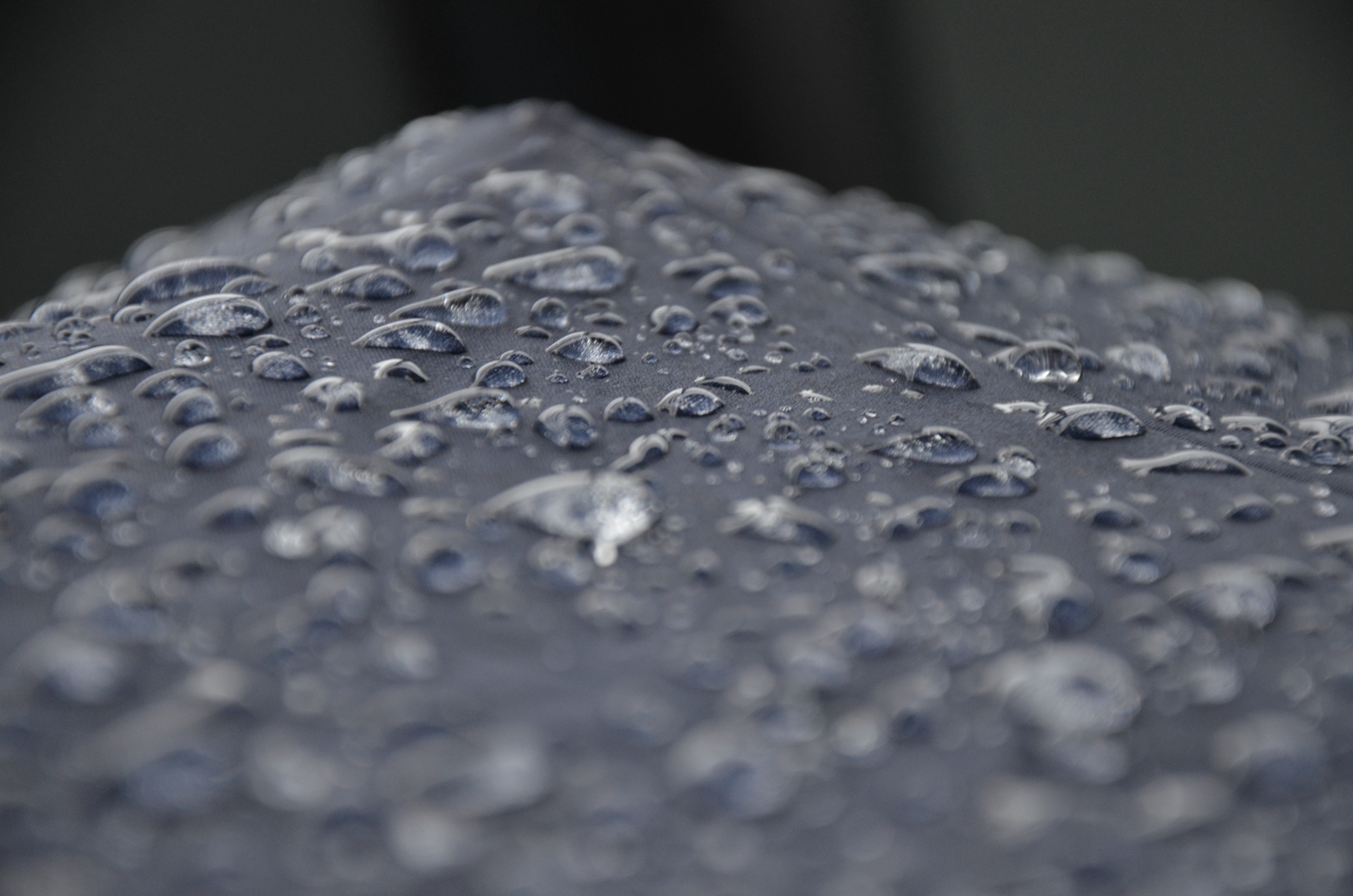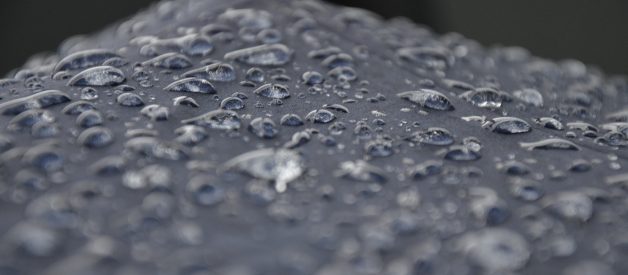 Photo by Mark Doda on Unsplash
Photo by Mark Doda on Unsplash
If I had a penny every time I heard someone confuse water resistant for waterproof, I probably wouldn?t have that much money, but still ? people confuse it sometimes, so here?s a quick explanation.
First off, let?s get rid of the odd one from the three. Can you guess which one it is?
1. Water repellent
2. Water resistant
3. Waterproof
That?s right! Water repellent is actually a collective term used for fabrics that don?t get wet easily (duh). That includes both water resistant AND waterproof. So, a water repellent jacket can be either water resistant or waterproof, depending on the level of repellency.
The repellency of the fabric depends either on the material it?s created from or how much durable water repellent (DWR) has been applied. DWR is a chemical coating added to fabrics during production that?s aimed to make the fabrics hydrophobic.
It?s important to note that the DWR coating doesn?t last forever. It wears off over time, no matter how expensive your piece of clothing is. To counter the effects of time, you can re-apply some form of DWR by yourself at home, either through special sprays or by washing your clothes with a special detergent, both sold at your nearest outdoor and adventure store.
So far so good.
Now, if your pants have the word ?water resistant? on the label, it means they can withstand drizzle and light rain, but when those big drops start falling, you?re ass is gonna get wet. Speaking in technical terms, water resistant clothes should be fine with water pressure of around 1500mm, according to the Hydrostatic Head Test (or HH).
The test is conducted the following way. A cylinder with open ends is placed over a DWR coated fabric and slowly filled with water. Measurements (in millimetres) are recorded to see how much water the fabric can withstand before water starts to penetrate. The higher the number, the better the fabric repels water.
Here?s a handy table, if you want to get an idea of what the millimetres mean:

Generally, water resistant clothes will keep you dry somewhere around 1,500mm to 5,000mm and waterproof ones will have your back at 10,000m or more.
So, if your jacket is ?waterproof?, you have the highest level of protection from water clothes can give you. These are usually pieces of clothing, that are both made from high-tech fabrics AND are then treated with DWR to increase the water repellency and make sure you can enjoy the outdoors even at the most extreme conditions.


